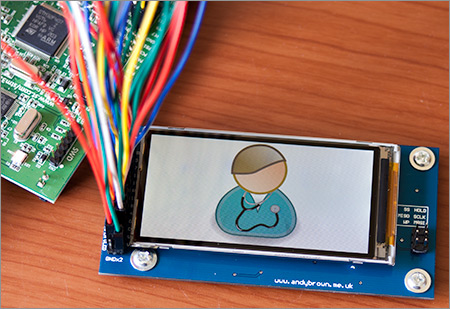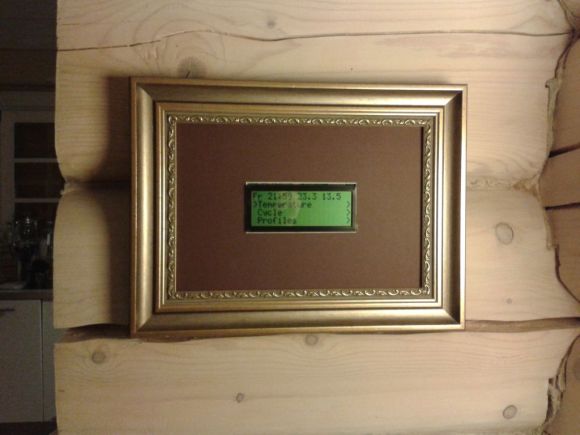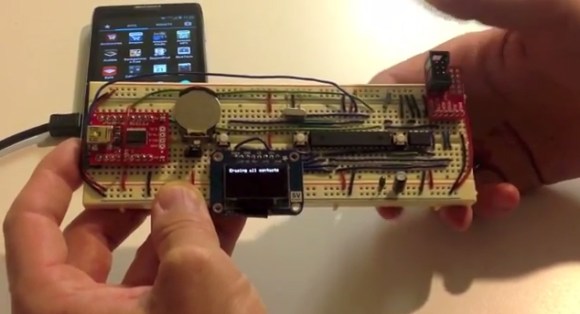
People living in remote areas of Mongolia do not have access to electricity or gas, and rely on traditional wood stoves for their homes, which are used almost all the time. Many use solar panels to generate some electricity for small tools, but unfortunately there are often times when it is cloudy for days on end. [Chingun Has] saw this problem and created his own clever solution — a small thermoelectric USB charger.
[Chingun’s] device features an array of peltier plates inside of an aluminum shroud. The device is designed to sit on top of a stove, or to be strapped onto a stove pipe. When there is a large enough temperature differential between the two sides of a peltier plate, a charge is induced. He’s using a small fan to help cool the other side of the peltier plates. A small control box houses a voltage regulator circuit that provides 5V over USB.
The cool thing about this project is that it is partially the result of [Tony Kim], an MIT professor who traveled to Mongolia to teach students an edX circuits course about a year ago. [Chingun] was one of his students, and this is a great example of a solution to a real-world problem.
An excellent video after the break gives a complete explanation of the project, as detailed by [Chingun] himself — it’s well worth the watch!
Continue reading “USB Charger Solves Mongolia Electricity Problem”
















